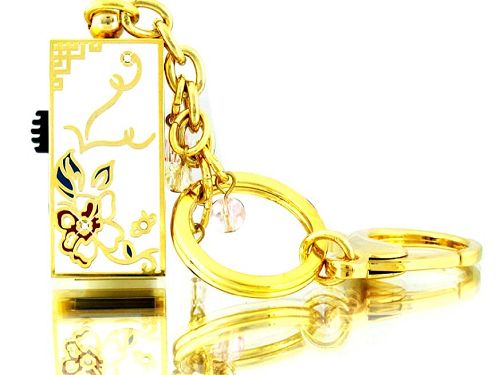 Recently, the China Gift Industry Research Institute, the National Bureau of Statistics and the Ministry of Commerce jointly applied to the gift industry for individual and group gift demand statistics. The results showed that the annual demand for individual gifts in China was 505.5 billion yuan, and the annual demand for gifts for groups was 262.9 billion yuan, of which business gifts and welfare gifts accounted for more than 190 billion. The total annual domestic gift market demand is about 768.4 billion yuan, and the overall market is close to 800 billion.
Recently, the China Gift Industry Research Institute, the National Bureau of Statistics and the Ministry of Commerce jointly applied to the gift industry for individual and group gift demand statistics. The results showed that the annual demand for individual gifts in China was 505.5 billion yuan, and the annual demand for gifts for groups was 262.9 billion yuan, of which business gifts and welfare gifts accounted for more than 190 billion. The total annual domestic gift market demand is about 768.4 billion yuan, and the overall market is close to 800 billion. The "2013-2017 China Gift Industry Market Preview and Investment Strategic Planning Analysis Report" shows that the gift industry has developed rapidly under the market demand. As of the end of 2011, the annual sales volume of the national gift market is expected to reach 1.3 trillion yuan (excluding Hong Kong, Macao and Taiwan regions). There are nearly 10,000 gift-producing companies in the country and 100,000 sales-oriented gift companies. Each year, they produce and sell nearly 10,000 different types of products. If you count all kinds of related products produced each year, there are more than 100,000 kinds of gifts.
China’s gifts have gone through a long and clear path since the early 1980’s and can be summed up into four generations.
The first generation: food and clothing. The shortage of commodities in the early 1980s, combined with the generally low per capita economic level of the decade, made it difficult for most people to buy. There are only some of the more popular gifts on the market such as eggs, malted milk, and candy.
The second generation: practical. In the late 1980s and early 1990s, people's living standards began to have a small increase. Gifts were gradually being graded, and the combination of appearance and practicality was more focused on packaging than in the early 1980s.
The third generation: healthy. In the mid to late 1990s, the national economic level at this time had a large span. People who stepped into a well-to-do society began to pay attention to the quality of life and taste. At that time, health products became the first choice for gifts, and they paid more attention to the meaning of gifts than before. The so-called "Gifts for Health," then most occasions for interpersonal communication are nutritional and health care products. After the so-called "life-guaranteeed" people have begun to pay attention to health, this is a manifestation.
The fourth generation: personalization. In the 21st century, with the progress of society, economic issues are no longer the first consideration in gift giving, and the concept of people giving gifts has also undergone great changes. Gifts are more and more novel, stylish, personalized, and fashionable. The personalized gifts satisfy the modern people's pursuit of individuality and pursue their own emotional needs, so they are quite popular.
The above discussion is a modern gift market, which traces the original meaning of “ritual†and was originally meant to “respect Godâ€. Later, it evolved into a behavioral norm for people. China’s state of ceremonies for five thousand years, “ritual†and “instrumentality†No matter what time it is needed, no matter what the cultural or cultural habits are, the trend of demand in the gift market is always on the rise. The gift market will slowly develop into an important domestic market.
Medical Nonwovens,Medical Nonwoven Fabric,Medical Non Woven Fabric,Non Woven Medical Disposables
Zhejiang Wangjin Nonwovens Co., Ltd , https://www.wangjinnonwoven.com